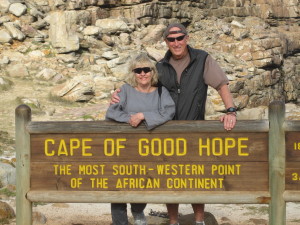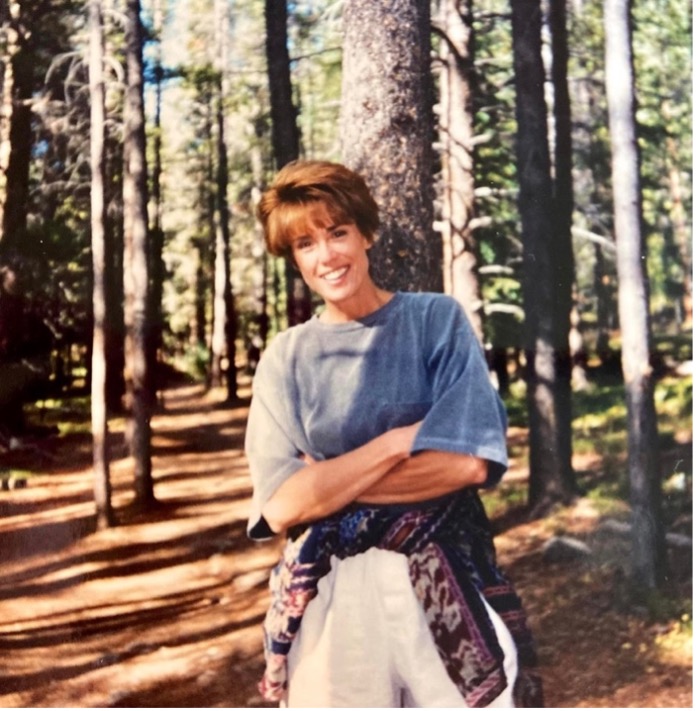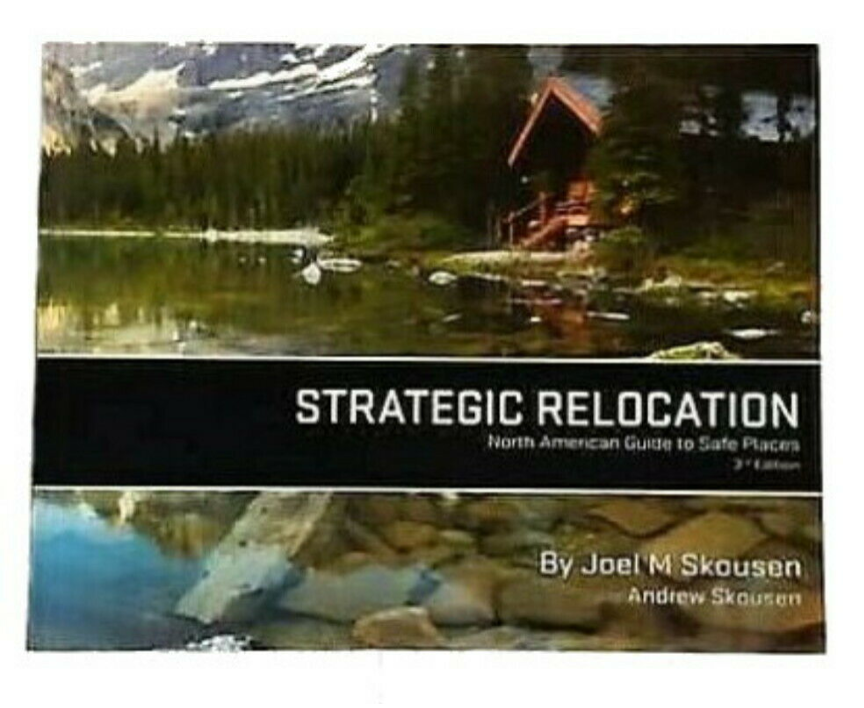
Tomorrow is the first anniversary of the mob assault on the US Capitol. That its nature and provenance remain subjects of debate is a symptom of the deep division in the American electorate. That President Trump empowered the mob by refusing to accept the results of the election and perpetrating the lie that the election was stolen speaks to his character and the loyalty and gullibility of his followers.
The antidote to this Big Lie is education, accountability, and rigorous investigative reporting. Thanks to a fearless, on the spot, dedicated group of journalists and photographers we were able to see the events unfold. Americans saw live coverage of that violent assault. We watched as the mob knocked down barriers, rushed up the steps, broke windows and doors, stormed into the House and Senate chambers, ransacked offices, erected a gallows, threatened to kill Vice-President Pence, and injured more than 140 law enforcement personnel. Nevertheless, there are those who, to this day, are trying to convince us that what we saw was not what we saw.
Despite a lack of cooperation from Republicans, a bipartisan Congressional investigation is underway into its origins. Trump partisans continue their widespread effort to keep those responsible from being held accountable. If not for the words and pictures of the Fourth Estate, we might never have known the magnitude, carnage, and sequence of that violent attack.
But this story is more about journalism than the events described above, although those events exemplify the importance of journalism and the courage and integrity of its practitioners. Every day, reporters and photographers roam the world and report back to us on everything from climate change and genocide to financial corruption and drug cartels. The world is a dangerous place, and journalists put themselves at risk to tell us about it. According to the International Federation of Journalists (IFJ), 45 journalists were killed while doing their jobs in 2021 – 50% more than in the previous year.





































